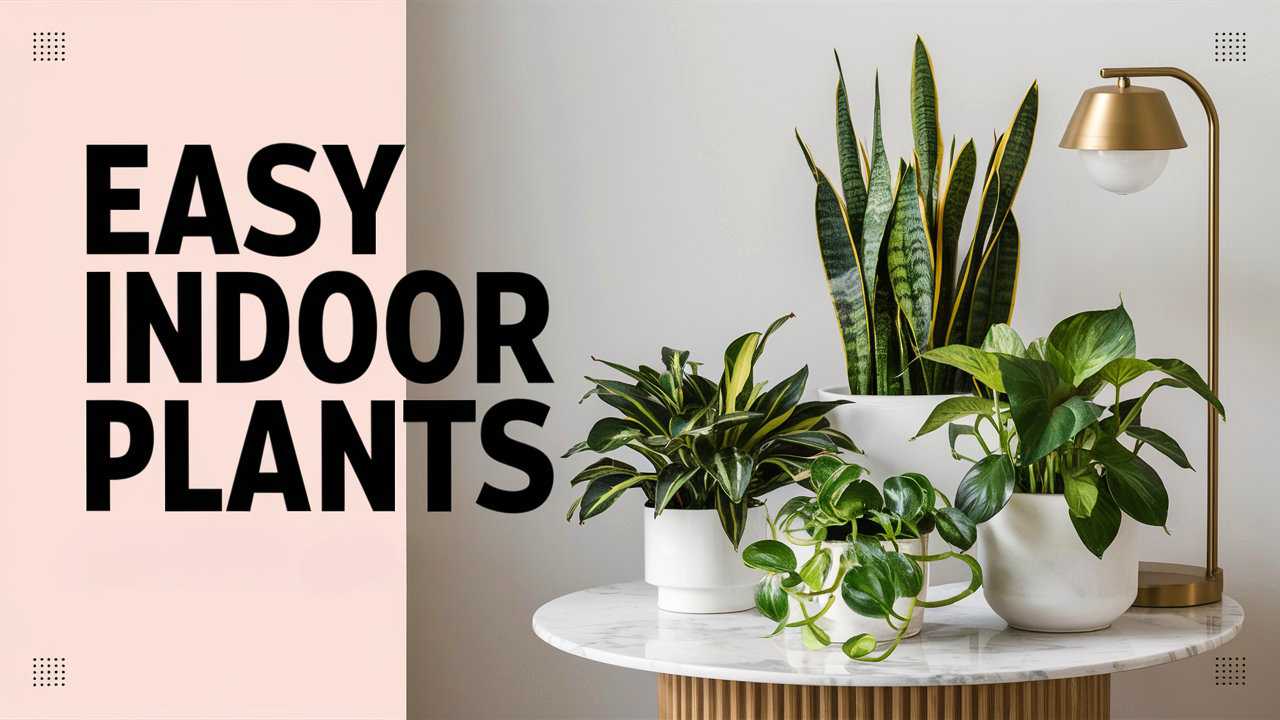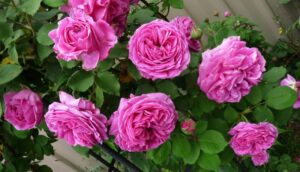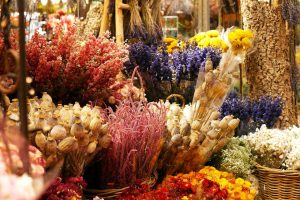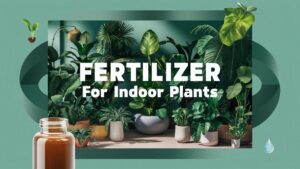This guide will take you through a selection of easy indoor plants that are perfect for beginners, along with tips on care and maintenance to ensure your indoor garden flourishes.
Snake Plant (Sansevieria trifasciata)
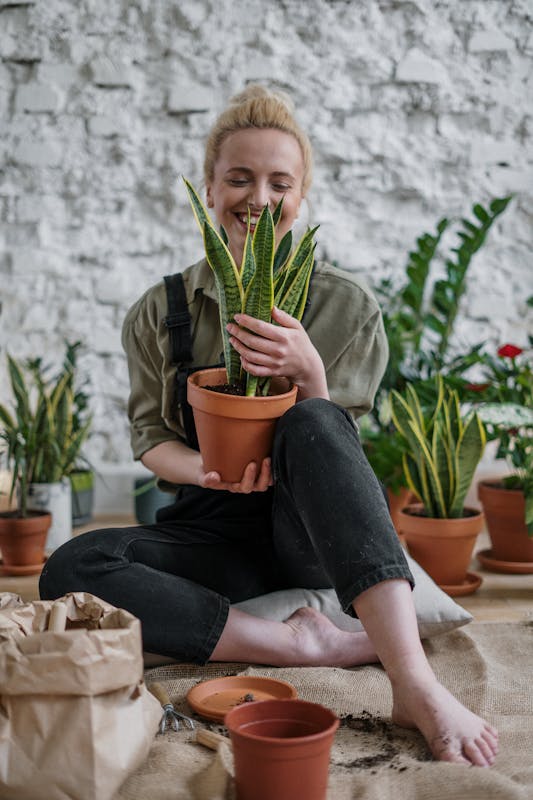
The snake plant is one of the most popular indoor plants, thanks to its durability and unique architectural shape. It boasts tall, stiff leaves that can grow up to several feet tall.
Care Instructions: Snake plants thrive in low to bright indirect light, making them versatile for various spaces. Allow the soil to dry out completely between waterings, as they are prone to root rot if overwatered.
Benefits: It has air-purifying properties and can tolerate neglect, making it perfect for busy individuals.
Pothos (Epipremnum aureum)
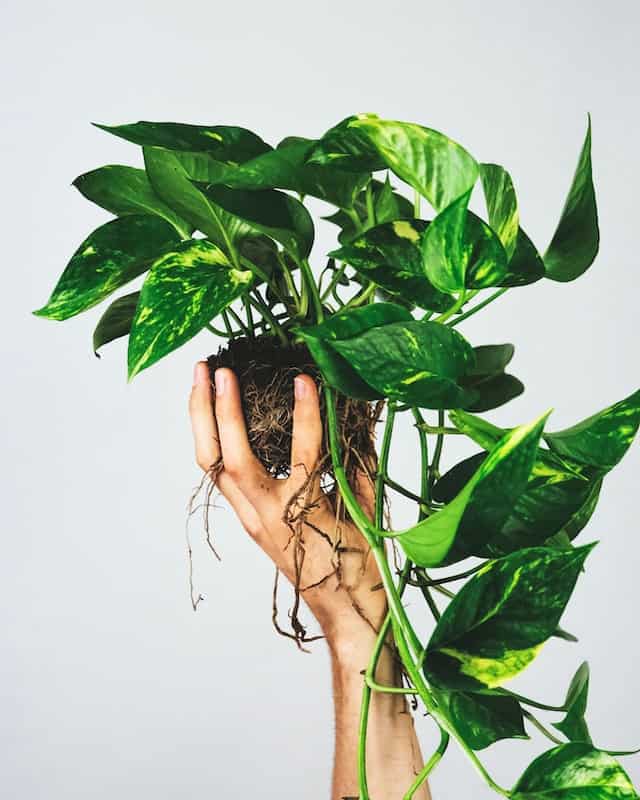
Pothos, also known as devil’s ivy, is a trailing vine that adds a touch of whimsy to any space. Its heart-shaped leaves come in a variety of colors, including green, yellow, and variegated options.
Care Instructions: This plant is incredibly forgiving and can thrive in low light, though it prefers indirect sunlight. Water when the top inch of soil feels dry.
Benefits: Pothos is known for its air-purifying qualities and can adapt to varying humidity levels.
Peace Lily (Spathiphyllum spp.)
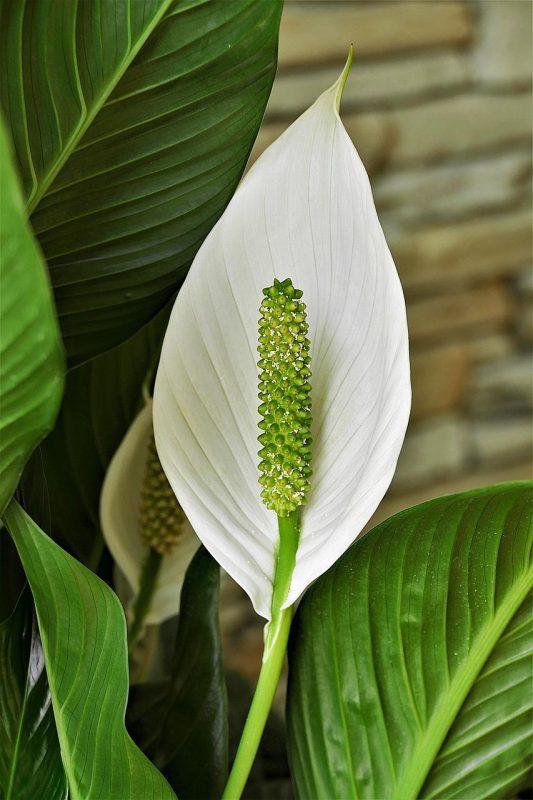
With its elegant white blooms and lush green foliage, the peace lily is a favorite among indoor gardening enthusiasts. It’s not just visually appealing; it’s also known for its air-purifying abilities.
Care Instructions: Peace lilies prefer low to medium indirect light and should be watered when the soil feels dry to the touch. Be cautious of overwatering, as this can lead to root rot.
Benefits: This plant has been shown to remove common indoor air pollutants, making it a healthy addition to your home.
Spider Plant (Chlorophytum comosum)

Spider plants are wildly popular for their unique cascading leaves and baby “spiders” that dangle from the parent plant. They’re easy to propagate, making them a great option for sharing with friends.
Care Instructions: Spider plants thrive in bright, indirect sunlight but can also tolerate lower light conditions. Water when the top inch of soil dries out.
Benefits: They are known to remove formaldehyde and xylene from the air and are safe for pets.
ZZ Plant (Zamioculcas zamiifolia)
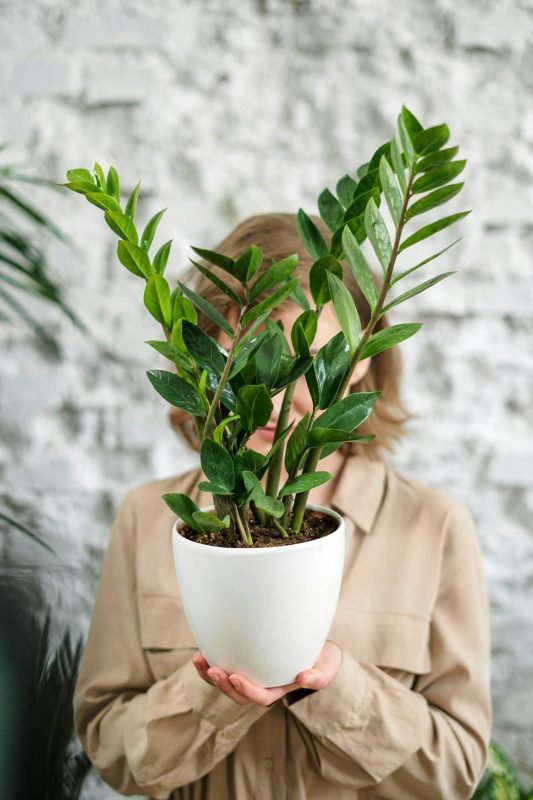
The ZZ plant stands out for its glossy, dark green leaves and its remarkable ability to survive in low light and drought.
Care Instructions: This plant prefers low to bright indirect light and requires minimal watering. Make sure to let the soil dry out between waterings.
Benefits: ZZ plants are incredibly hardy and can tolerate neglect, making them suitable for those who travel often or have busy lifestyles.
Rubber Plant (Ficus elastica)

With its bold foliage and easy-care nature, the rubber plant has gained popularity among indoor plant enthusiasts.
Care Instructions Rubber plants flourish in bright, indirect light but can adapt to lower light conditions. Water them when the top inch of soil is dry, and be mindful of overwatering, which can lead to root rot. Additionally, wiping the leaves occasionally helps to keep them dust-free and enhances their glossy appearance.
Benefits: Rubber plants are not only visually striking but are also known for their air-purifying qualities. They can filter harmful toxins from the air and promote a healthier indoor environment.
Dracaena (Dracaena spp.)
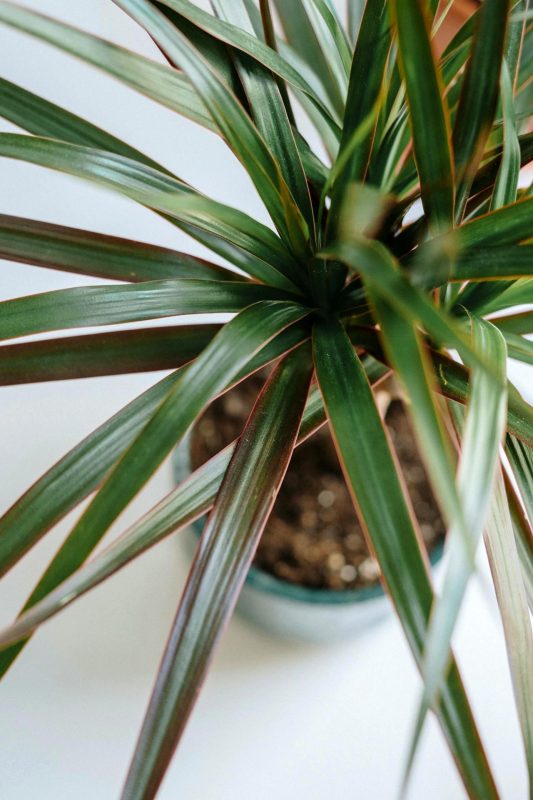
Dracaenas come in various species and varieties, including the popular Dracaena marginata and Dracaena fragrans. These plants feature long, slender leaves that grow upright, adding a modern touch to any space.
Care Instructions: They thrive in moderate light but can tolerate low-light situations. Allow the topsoil to dry out between waterings, as they are sensitive to fluoride and salt buildup in the soil. Rainwater or distilled water is often the best choice.
Benefits: Dracaenas can help purify the air and are low-maintenance, making them perfect for busy households.
Chinese Evergreen (Aglaonema)
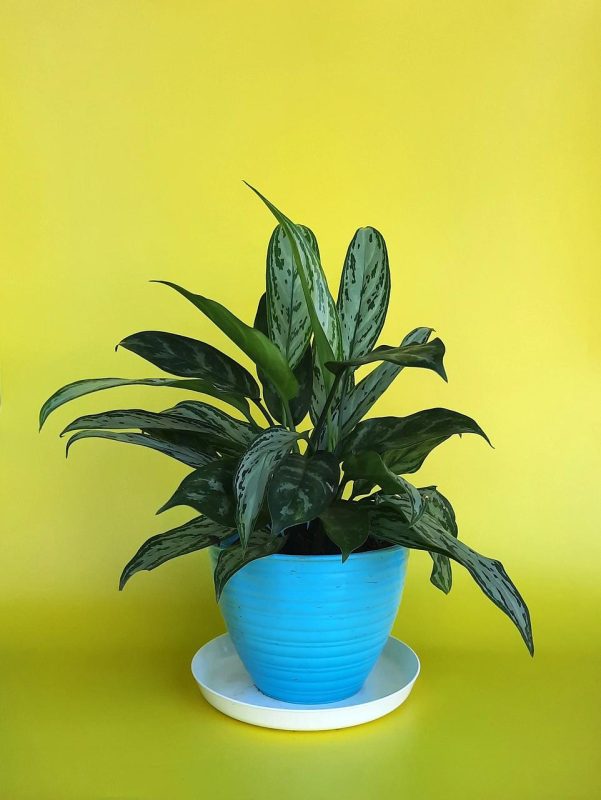
Chinese evergreens are popular for their beautiful variegated leaves and resilience to low-light conditions. They come in various colors and patterns, making them visually appealing.
Care Instructions: They prefer indirect light but can also survive in low-light environments. Water when the top inch of soil is dry, and be cautious not to let them sit in standing water.
Benefits: These plants are known for their ability to adapt and thrive in various conditions, making them great for indoor gardening beginners.
Philodendron

Philodendrons are known for their heart-shaped leaves and trailing vines. They come in many varieties, such as the popular philodendron Brasil and the classic Monstera.
Care Instructions: Philodendrons thrive in medium to bright indirect light and prefer their soil to dry out between waterings. They do well in humidity, making them perfect for bathrooms or kitchens.
Benefits: They are not only decorative but also help purify the air, making them a great addition to any room.
Cast Iron Plant (Aspidistra elatior)
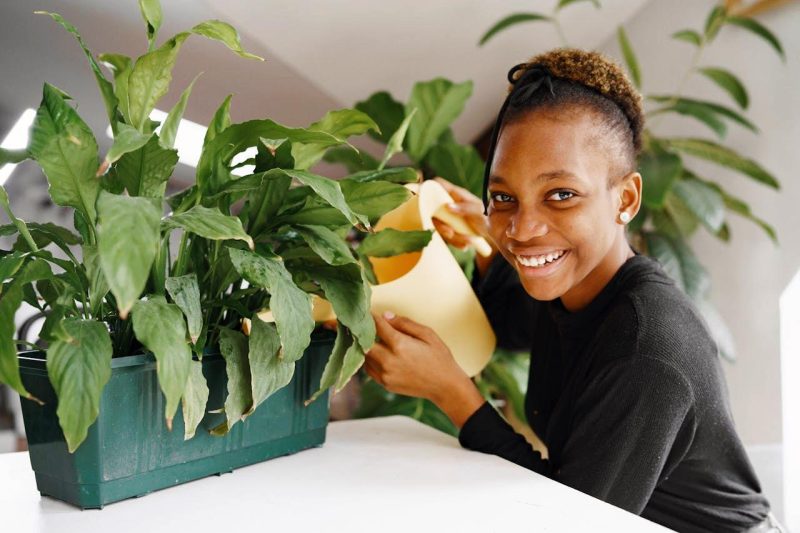
True to its name, the cast iron plant is known for its durability. It can withstand neglect and thrive in a range of conditions, making it a perfect choice for beginners.
Care Instructions: Cast iron plants prefer low light but can tolerate bright indirect light. They require minimal watering; allowing the soil to dry out completely before watering is best.
Benefits: This plant is virtually indestructible and is excellent for those who may not have the time or attention to care for more delicate plants.
Aloe Vera (Aloe barbadensis miller)
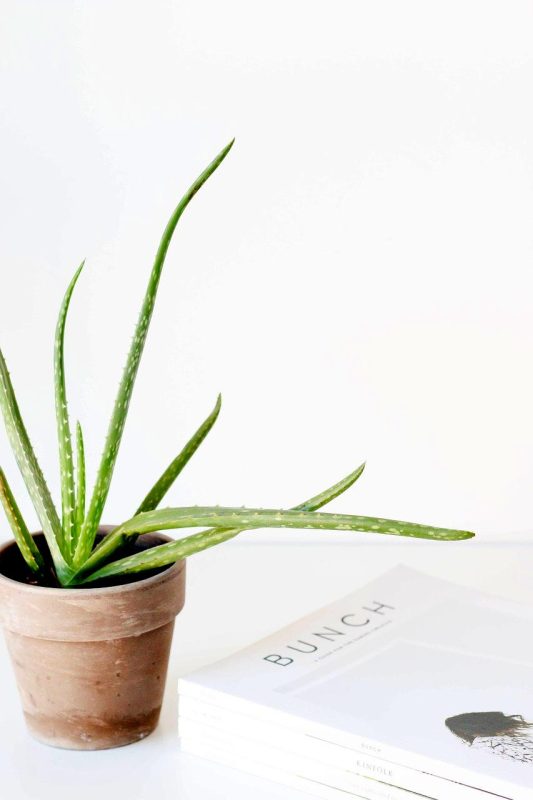
Aloe vera is a succulent known for its thick, fleshy leaves that contain a gel used for its soothing properties. It’s not only a beautiful addition to your plant collection but also serves a practical purpose.
Care Instructions: Aloe vera thrives in bright, indirect sunlight. Allow the soil to dry out completely between waterings because it is a succulent and doesn’t require much moisture.
Benefits: Beyond its aesthetic appeal, aloe vera gel can be applied to minor cuts and burns, making it a handy first aid plant.
Parlor Palm (Chamaedorea elegans)
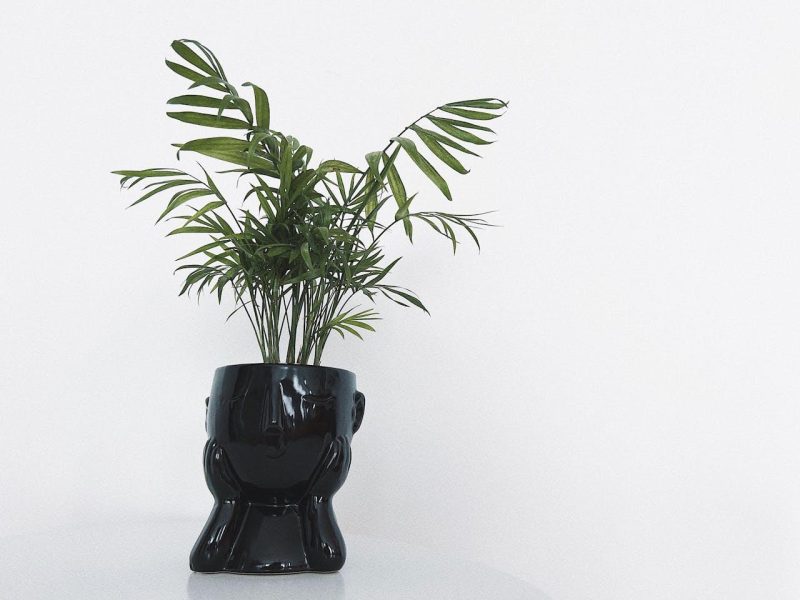
The parlor palm is a classic indoor plant that brings a tropical vibe to your home. It has lush, arching fronds that add a touch of elegance to any space.
Care Instructions: This plant prefers low to moderate, indirect light and requires consistently moist soil without being soggy.
Benefits: Parlor palms are great for improving indoor air quality and fit beautifully in various decor styles.
Boston Fern (Nephrolepis exaltata)
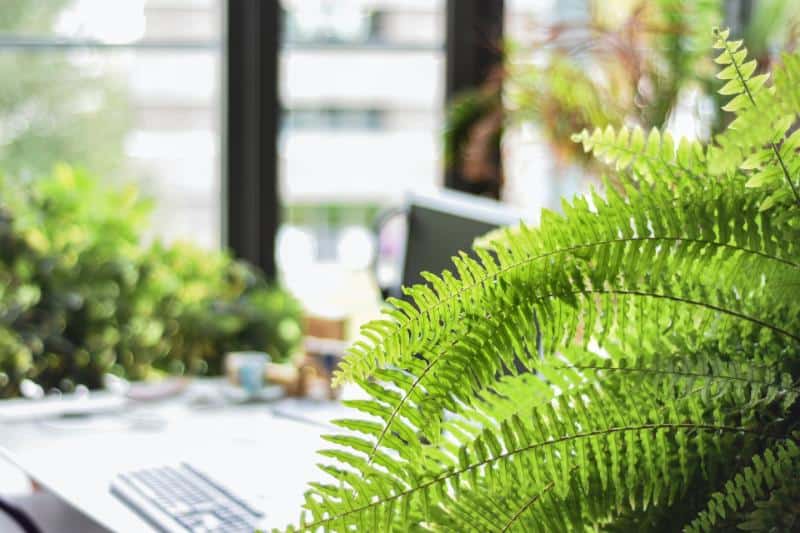
The Boston fern is appreciated for its lush foliage and feathery leaves. It adds a whimsical touch and works well in hanging baskets or as a tabletop plant.
Care Instructions: Boston ferns prefer bright, indirect light and thrive in humidity. Keep the soil consistently moist, and mist the leaves regularly to maintain humidity levels.
Benefits: Boston ferns are excellent for improving air quality and can help create a humid environment in your home.
Chinese Money Plant (Pilea peperomioides)
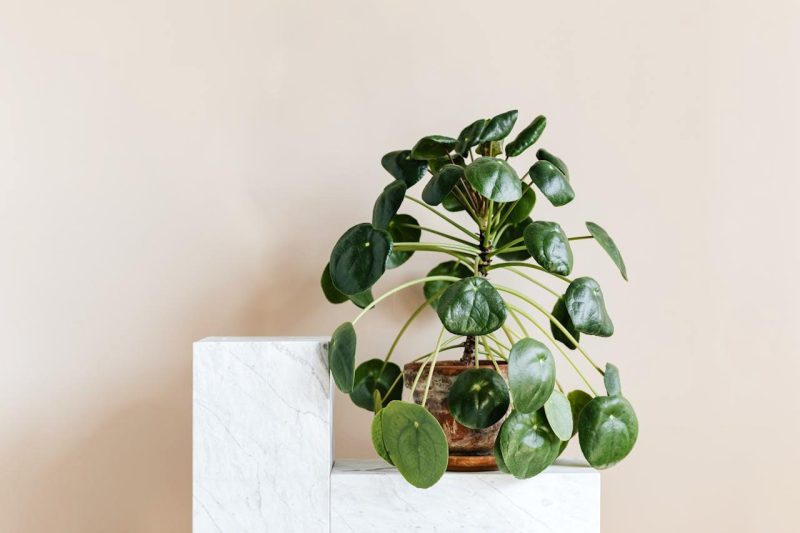
Recognizable by its round, coin-shaped leaves, the Chinese money plant has gained popularity in recent years. It’s trendy and adds a modern touch to any room.
Care Instructions: This plant enjoys bright, indirect light and should be watered when the top inch of soil feels dry.
Benefits: In addition to its aesthetic appeal, the Chinese money plant is associated with good luck and prosperity in many cultures.
Bamboo Palm (Chamaedorea seifrizii)
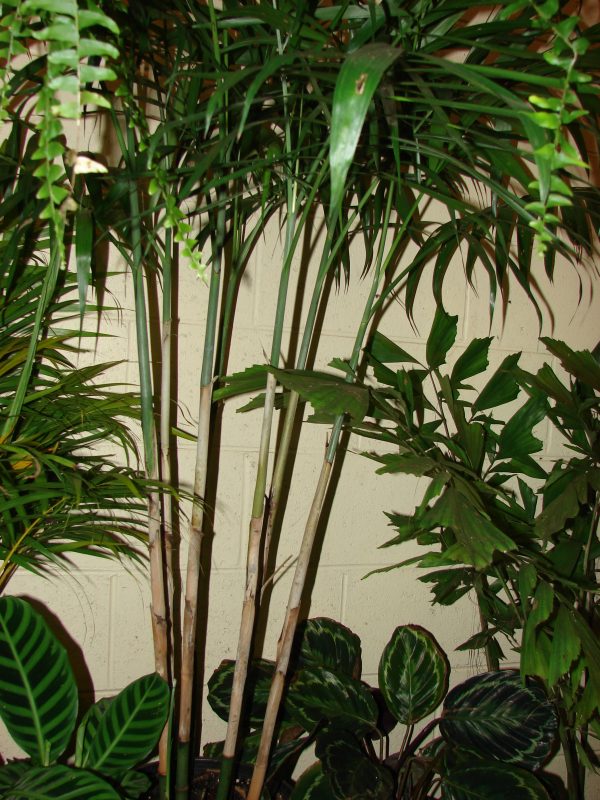
The bamboo palm is a clumping palm that brings a tropical feel to indoor spaces. It’s known for its slender stalks and lush fronds.
Care Instructions: It prefers bright, indirect light and soil that is kept slightly moist—but ensure good drainage to prevent root rot.
Benefits: Bamboo palms are effective air purifiers and are safe for pets, making them a great choice for households with animals.
Nerve Plant (Fittonia albivenis)
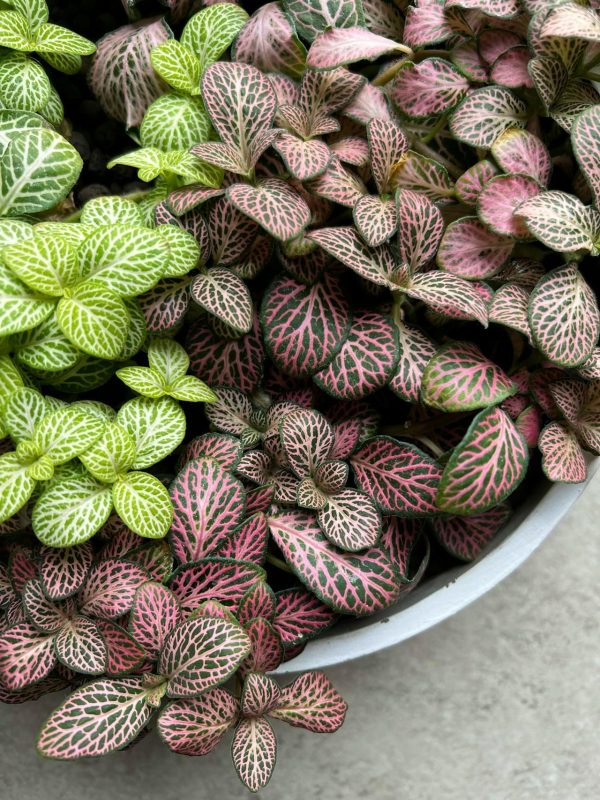
The nerve plant is known for its striking leaf patterns, with vibrant, contrasting colors that can include green, pink, or white.
Care Instructions: This plant thrives in moist soil and high humidity, so misting it regularly will help it flourish. It prefers medium, indirect light.
Benefits: The nerve plant is great for adding color and texture to any room and is perfect for terrariums or small indoor gardens.
Friendship Plant (Pilea involucrata)
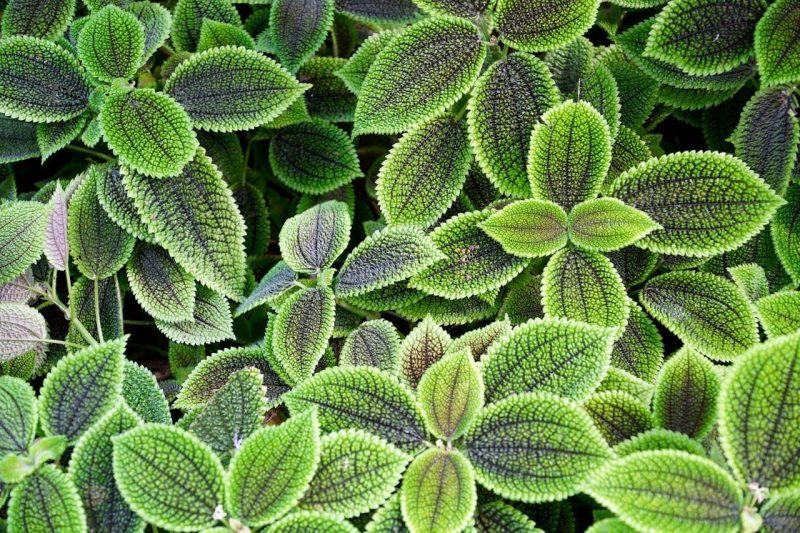
With its textured leaves and vibrant green color, the friendship plant is both visually appealing and easy to care for. It’s often given as a gift between friends—a perfect fit for its name.
Care Instructions: Friendship plants prefer indirect light and should be watered when the top inch of soil is dry. They thrive in humidity, so keeping them in moist environments helps.
Benefits: They are often easy to propagate and can be shared with friends, reinforcing the plant’s namesake.
Purple Heart Plant (Tradescantia pallida)
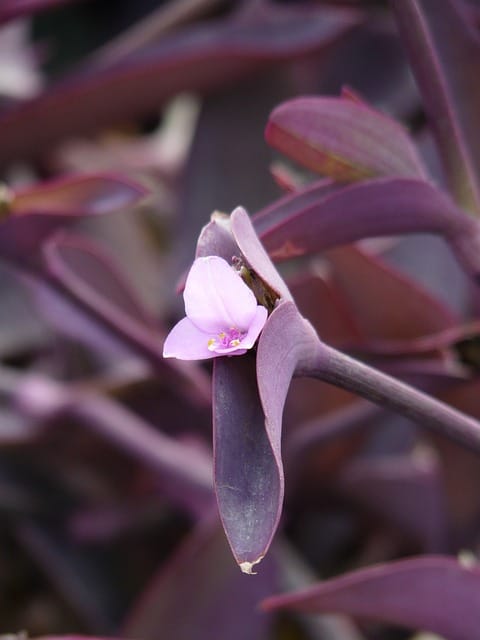
The purple heart plant is celebrated for its brilliant purple foliage and trailing vines, instantly brightening up any space.
Care Instructions: This plant thrives in bright, indirect light but can tolerate some direct sunlight. Water it when the top inch of soil feels dry to the touch. It enjoys humidity, so misting and occasional waterings can help keep it healthy.
Benefits: The bold color of the purple heart plant makes it a stunning decorative piece. It’s also easy to propagate, allowing you to create more plants to share with friends or to expand your own collection.
Tips for Caring for Indoor Plants
To ensure that your indoor plants thrive, here are a few general care tips:
1. Light Requirements
Understanding the light conditions in your home is crucial. Some plants prefer bright, indirect light, while others can adapt to lower light conditions. Observe your space and place plants where they will receive adequate light without direct, harsh sunlight.
2. Watering Wisely
Overwatering is one of the most common mistakes that lead to plant issues. Always check the soil moisture before watering; the top inch should be dry for most indoor plants. Diagnose each plant’s watering needs individually, as some plants prefer to be kept slightly moist while others thrive on drier conditions.
3. Humidity Levels
Many tropical plants thrive in higher humidity levels. If your home is dry, especially during the winter months, consider using a humidifier or grouping plants together to create a microenvironment.
4. Fertilizing
Indoor plants can benefit from regular fertilization during their growing season, usually spring and summer. Use a balanced, water-soluble fertilizer at half strength every 4-6 weeks.
5. Pest Management
Keep an eye out for common indoor pests like spider mites, aphids, and mealybugs. If you notice any signs of pests, treat them immediately with insecticidal soap or neem oil.
6. Repotting
As plants grow, they may outgrow their pots and require repotting. Signs that it’s time to repot include roots growing out of the drainage holes or the plant’s growth slowing down. Choose a pot that is only slightly larger than the current one and refresh the soil.
7. Being Patient
One key aspect of indoor gardening is patience. Allow your plants time to adjust to their environment and to grow. Don’t be discouraged by minor setbacks; learning what works best for your plants is part of the process.
Styling Your Indoor Plants
Now that you have chosen your indoor plants, it’s time to think about how to style them in your home. Here are some creative ideas:
1. Create a Plant Shelf
Use a dedicated shelf to display a variety of your indoor plants. Mix different heights and textures for visual interest. Combining trailing plants like pothos with upright varieties like snake plants can create a dynamic look. Consider using decorative pots that complement your interior decor to tie the whole look together.
2. Grouping Plants Together
Group several plants in one area to create a mini indoor garden. Use varying plant heights and leaf shapes for an eclectic feel. This not only creates an attractive focal point but also helps maintain humidity levels, as plants release moisture into the air.
3. Table Centerpieces and Accents
Use smaller plants, like succulents or small peace lilies, as table centerpieces. They can bring life to dining tables, coffee tables, or desks. For a more sophisticated look, choose elegant pots that match your furniture or decor style.
4. Hanging Plants
Consider hanging plants from the ceiling or wall-mounted planters. Trailing plants such as spider plants and philodendrons create a wonderful cascading effect. Macrame plant hangers can add a bohemian touch, while minimalist planters can enhance a modern aesthetic.
5. Windowsill Displays
If you have a sunny window, use it as a display for your favorite plants. Herbs like basil and mint thrive here, as well as succulent varieties that enjoy direct sunlight. A sunny spot can be perfect for a small indoor garden showcasing your collection.
6. Bathroom Jungle
Add humidity-loving plants to your bathroom. Plants like ferns or peace lilies thrive in moisture-rich environments. Placing them on counters, shelves, or even hanging them can transform your bathroom into a serene retreat.
7. Work from Home Companion
Create a small indoor garden by your home office or workspace. Not only do plants enhance air quality and boost mood, but they also provide a refreshing view. Potted plants like snake plants or pothos are great for this setting, as they require minimal attention.
8. Seasonal Rotation
Rotate your plants seasonally to give each one a breathable break in less-than-ideal conditions. This can also refresh the look of your home. For example, during the winter months, you might want to move plants that require more light near windows where sunlight comes in.
Overcoming Common Indoor Plant Challenges
Even the easiest indoor plants can face challenges. Here are some common issues and how to address them:
1. Yellowing Leaves
Yellowing leaves often indicate overwatering or poor drainage. Check the root system — if it’s mushy, it’s likely rotting due to excess moisture. Adjust your watering schedule and consider repotting the plant in a fresh, well-draining soil mix.
2. Drooping Leaves
Drooping leaves can signal a lack of water. Check the soil moisture, and if it’s dry, give it a thorough watering. However, drooping can also occur from overwatering; always assess the soil condition and the plant’s overall health.
3. Pest Problems
If you notice a sticky residue or tiny webs, your plant may have pests like aphids or spider mites. Isolate the affected plant and treat it with insecticidal soap or a neem oil solution to eliminate pests without harming your plant.
4. Brown Tips
Brown leaf tips can result from underwatering, dry air, or nutrient deficiencies. Ensure your plant is getting enough water, consider increasing humidity levels, and fertilize if it hasn’t been done in a while.
5. Slow Growth
If your plant isn’t growing as expected, consider light levels, watering, and nutrient availability. If it’s not getting enough light, move it to a brighter location. A lack of nutrients might require a change in your fertilization routine.
Final Thoughts
Embracing indoor plants can add life to your home and provide numerous mental and physical benefits. By selecting the right easy-care plants and understanding their needs, you can create an indoor oasis that thrives with minimal effort.
Remember that each plant has its unique personality, and part of the joy of indoor gardening comes from learning what makes them happy. Enjoy experimenting with placement and styling, and don’t hesitate to add more plants as your confidence grows!


